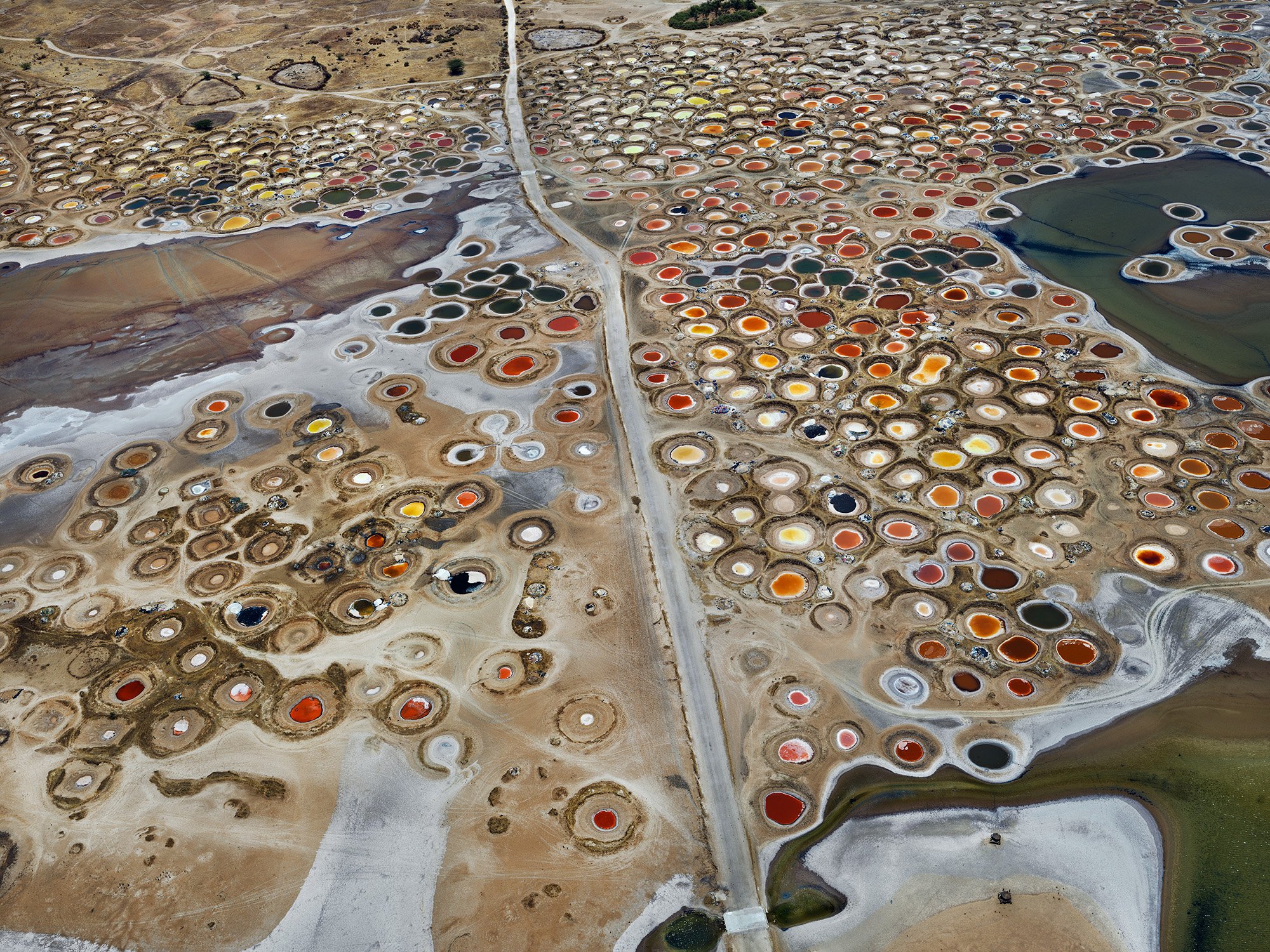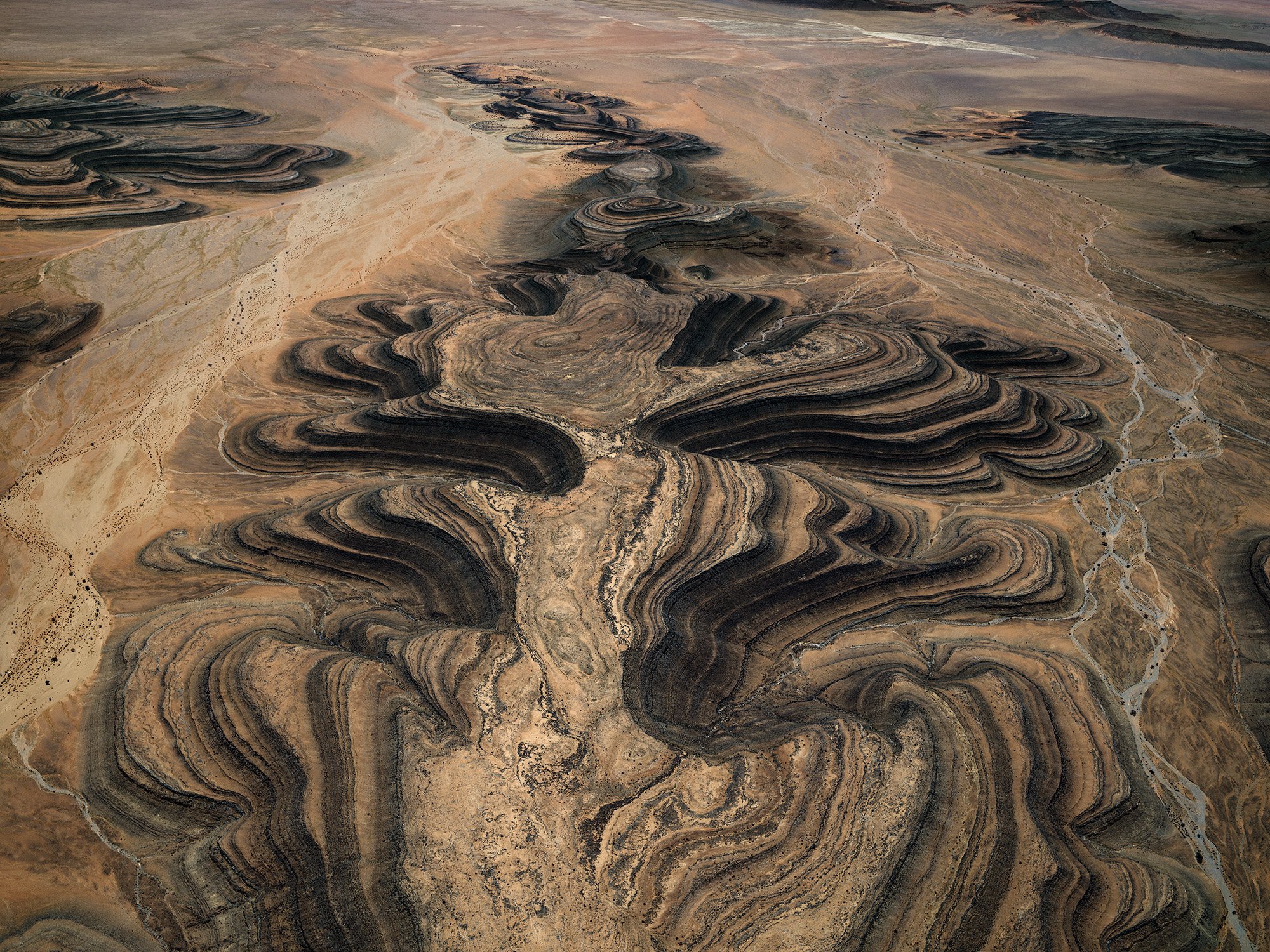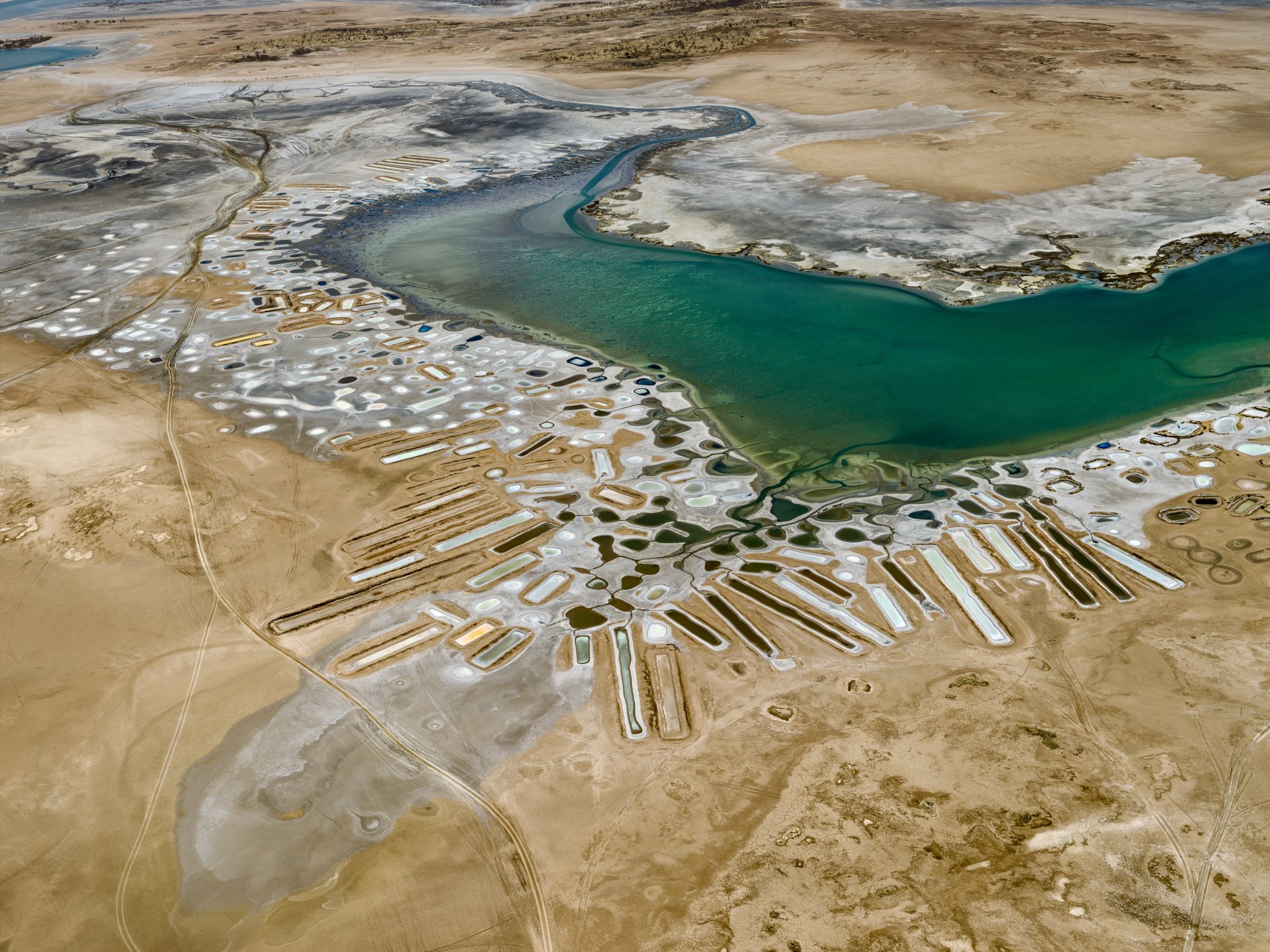African Studies
AFRICAN STUDIES
ARTIST STATEMENT
The 54 countries of Africa are divided physically through its center by the Sahara Desert and encompass a broad spectrum of governments and economies. This project, focussing on sub-Saharan Africa, has taken me to Kenya, Nigeria, Ethiopia, Ghana, Senegal, South Africa, Botswana, Namibia, Madagascar and Tanzania but the complex and diverse nature of this vast continent cannot be defined neatly in a book of images. Over the past seven years, during the course of my observations across sub-Saharan Africa, the title African Studies came to mind, as it most appropriately reflects this experience.
My interest in Africa owes its genesis to an earlier body of work that I produced about China back in 2004. For that project, and while researching several topics including the Three Gorges Dam, urban renewal, and recycling, I learned how the new Chinese factories were being created. At the time, heavy machinery was literally being unbolted from concrete floors in Europe and North America, then shipped and refastened to the floors of gigantic facilities in China. This represented a paradigm shift of industry, and it seemed obvious that China was rapidly becoming a leading manufacturer for the world. I realized even then that the African continent was poised to become the next, perhaps even the last, territory for major industrial expansion.
Two decades later, globalism has indeed rapidly evolved. In 2016, China’s general assembly presented a new vision for their country, announcing boldly that they wanted to create tens of millions of offshore manufacturing jobs over the next decade in order to move China towards becoming a service economy. The governing bodies considered several key issues, among them: concern about the degree of air and water pollution that domestic industrial activity was inflicting on the homeland, and that demand for wage increases was consequently increasing production costs to substantially higher levels than could be afforded in countries such as Bangladesh, Vietnam, Indonesia and in numerous countries within Africa. Another consideration, which was tied to the now defunct one-child policy; there was also an over-abundant population of young Chinese men and finding work abroad for them would help deal with this imbalance.
[…]
Across Africa, as with most other places in the developed and developing world, far too great a price is paid by its fauna, forests and Indigenous peoples. With this project I hope to continue raising awareness about the cost of growing our civilization without the necessary consideration for sustainable industrial practices, and the dire need for implementing globally organized governmental initiatives, with binding international legislations, in order to protect present and future generations from what stands to be forever lost.
Homo sapiens began migrating out of Africa as early as 200,000 years ago. Fast-forward to the 21st century and we’ve come full circle, returning to one of the last places on Earth to be swept into the unrelenting machinations of the human industrial complex. With our ever-increasing population and requisite appetite for unlimited economic and technological expansion, the African continent, boasting a tremendous wealth of unexploited resources, is a fragile, final frontier — resting squarely in the crosshairs of progress.
— Edward Burtynsky





















